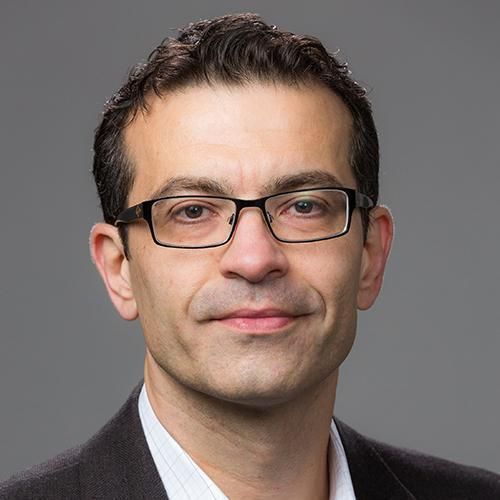Mesoscopic hydrogel molding to control the 3D geometry of bioartificial muscle tissues.
This protocol describes a cell/hydrogel molding method for precise and reproducible biomimetic fabrication of three-dimensional (3D) muscle tissue architectures in vitro. Using a high aspect ratio soft lithography technique, we fabricate polydimethylsiloxane (PDMS) molds containing arrays of mesoscopic posts with defined size, elongation and spacing. On cell/hydrogel molding, these posts serve to enhance the diffusion of nutrients to cells by introducing elliptical pores in the cell-laden hydrogels and to guide local 3D cell alignment by governing the spatial pattern of mechanical tension. Instead of ultraviolet or chemical cross-linking, this method utilizes natural hydrogel polymerization and topographically constrained cell-mediated gel compaction to create the desired 3D tissue structures. We apply this method to fabricate several square centimeter large, few hundred micron-thick bioartificial muscle tissues composed of viable, dense, uniformly aligned and highly differentiated cardiac or skeletal muscle fibers. The protocol takes 4-5 d to fabricate PDMS molds followed by 2 weeks of cell culture.
Duke Scholars
Published In
DOI
EISSN
ISSN
Publication Date
Volume
Issue
Start / End Page
Related Subject Headings
- Tissue Culture Techniques
- Muscles
- Muscle Fibers, Skeletal
- Hydrogel, Polyethylene Glycol Dimethacrylate
- Biomimetics
- Biomimetic Materials
- Bioinformatics
- 11 Medical and Health Sciences
- 06 Biological Sciences
- 03 Chemical Sciences
Citation
Published In
DOI
EISSN
ISSN
Publication Date
Volume
Issue
Start / End Page
Related Subject Headings
- Tissue Culture Techniques
- Muscles
- Muscle Fibers, Skeletal
- Hydrogel, Polyethylene Glycol Dimethacrylate
- Biomimetics
- Biomimetic Materials
- Bioinformatics
- 11 Medical and Health Sciences
- 06 Biological Sciences
- 03 Chemical Sciences

